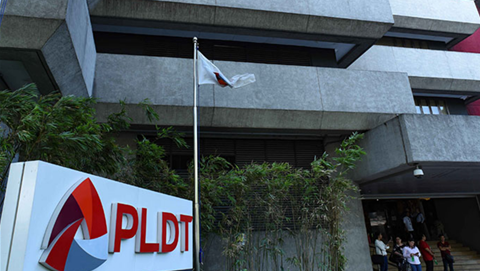Countries across Asia are increasing efforts to rid themselves of unsightly and unsafe tangles of aerial fibre cables attached to power poles and other infrastructure, a panel of regional telecommunications representatives has said.
Speaking at the APNIC 54 summit in Singapore, consulting engineer Jonathan Brewer said fibre deployment had “gone crazy” over the past decade in Asia.
“It's inexpensive to build, it's easy and fast to build if you're building aerial fibre optic networks, and as a result by 2020, so this is two years out of date already - we already had 600 million fibre-to-the-home or fibre-to-the-building houses passed, and 460 million subscribers,” Brewer said.
However, he said that low build costs, combined with ineffective regulatory regimes, had led to “unsustainable infrastructure-based competition” in some countries, epitomised by large tangles of aerial cabling.
The tangles posed safety issues because the poles were not designed to carry the weight of cables. There was also a risk of fire.
Brewer said that countries such as Thailand, Cambodia and Nepal have initiatives in place to reduce the overhead tangle, such as by undergrounding cables, consolidating cables to a single higher-capacity shared fibre infrastructure, reducing the number of providers accredited to deploy cables or increasing licensing costs.
THNIC Foundation executive director Pensri Arunwatanamongkol said more than 100 ISPs owned networks in Thailand today, and “more than 30 operators” are licensed to string up aerial cabling.
She said the National Broadcasting and Telecommunications Commission (NTBC) is “taking serious action” to manage aerial cabling and to promote sharing of fibre infrastructure in the last mile.
Internet Exchange Nepal’s CEO Rupesh Shrestha said Nepal is addressing licensing and regulation that had led to large numbers of providers pulling their own cables.
Shrestha said that while 23 network service providers are licensed to deploy fibre cables, in practice 138 ISPs did so as well because they are allowed to deploy in the last mile.
“How you define the last mile is another issue,” he said.
“So in turn, what's happening is all the network service providers are pulling cable and all the ISPs are pulling cable. Everyone is pulling fibre.”
Shrestha said that overloaded poles had become a problem over time. Consolidation and undergrounding of infrastructure is now being pursued, though that has come with accompanied cost increases.
There had also been some tension after the electricity authority cut down some of the cabling, leading to internet service outages late last year.
“Right now, the government, private operators and everyone is consolidating, and they're building the infrastructure development company where the infrastructure for fibre will be laid out,” he said.
“[It’s] similar to what NetLink Trust is doing right now [in Singapore], but it might not be just one company that would be doing that in Nepal.
“The good thing is talks are going ahead and then the cleaning up, consolidation and everything is going in the right direction.”









